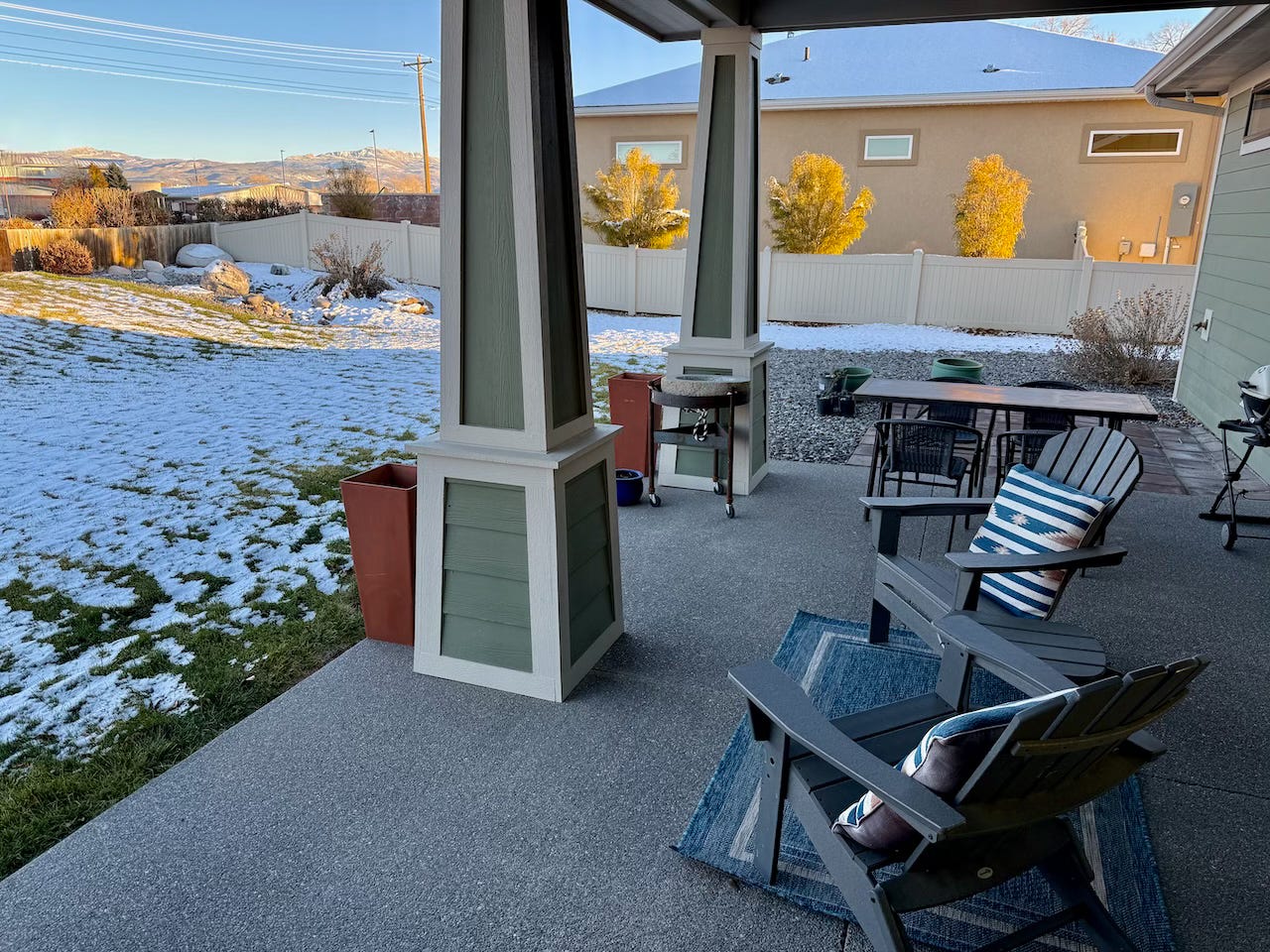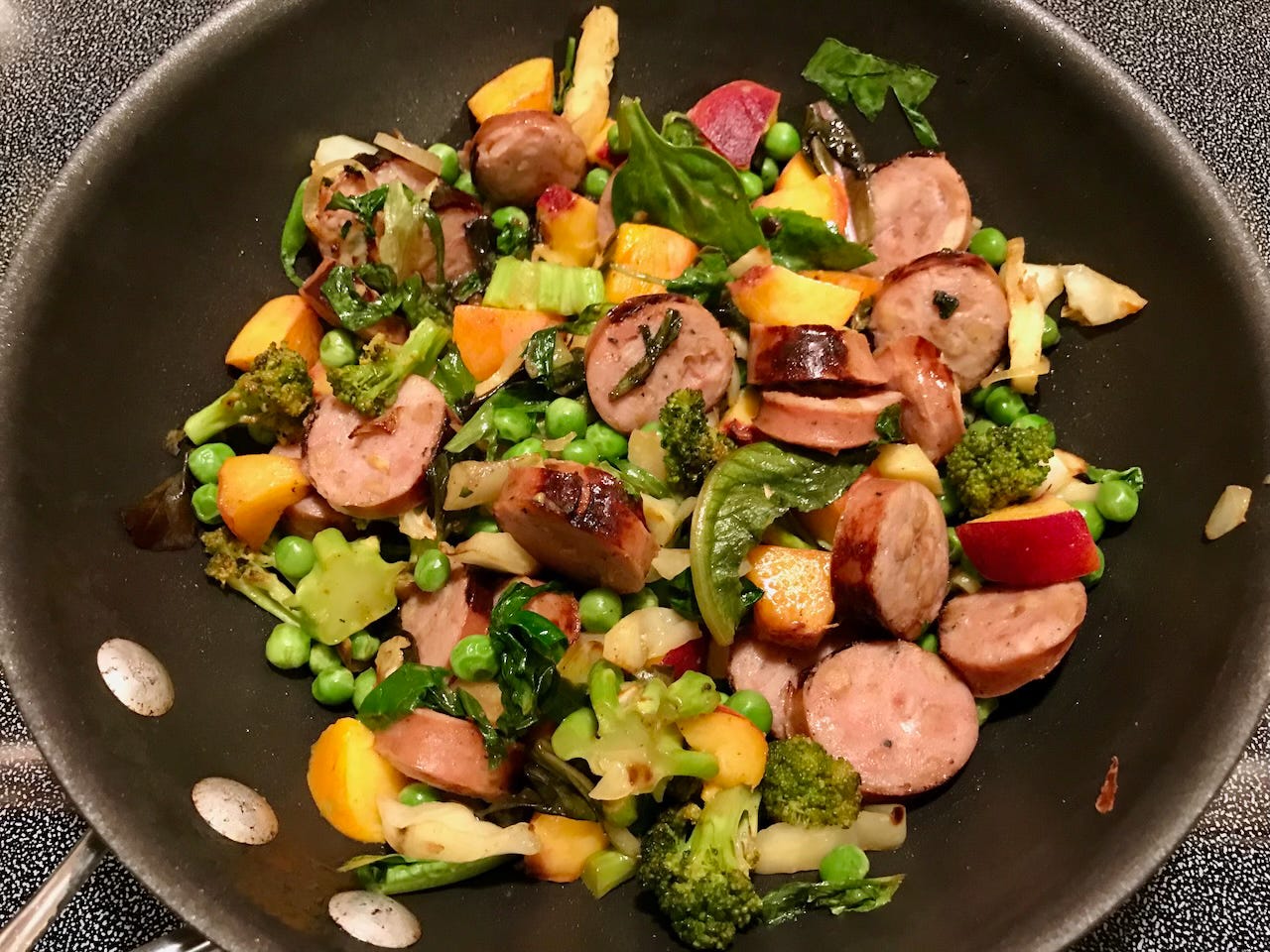Hello, Friends,
It’s the day after Thanksgiving here in the United States, and I hope that if you celebrate, you had a wonderful gathering of friends and family, wherever you are and whatever you ate.
I also hope that you took some time to intentionally give thanks, and to remember that the myth of Thanksgiving is just that, a story created by a colonizing people to justify their actions in commandeering an entire continent from the people who have tended this land for millennia, and to honor those people.
If you don’t know the history that lies behind the holiday, I recommend two books, 1491 by Charles C. Mann, which will entirely upend the stories you thought you knew about the First Peoples of the Americas, and for a broader understanding of European colonization, Jared Diamond’s Guns, Germs and Steel. Both books are excellent and readable, if not easy.
Yesterday, in recognition of the history behind the Thanksgiving myth, I said a brief prayer of thanks and apology to the Ute people whose land I live on here. Then I received painter and book artist Andie Thrams’ Thanksgiving newsletter with this wonderful version (Andie lives in northern California):
Today of all days, I bow to the Miwok and Nisenan peoples, the original inhabitants of this place, who cared for these lands and waters over millennia, and who continue to dwell here. Early settlers and my own government carried out genocide, ethnic cleansing, and forced removal against these people as a way to acquire land—the very land I now inhabit and cherish. Despite centuries of colonial theft and violence, this is still Indigenous land. Living here is not my right. It is my unearned privilege.
Amen!
After Thanksgiving, Where is the Thanks?
One of the things I’ve learned in eleven months of this Year of Spiritual Thinking project is that spirituality is an essential part of being human. For that quality of attention to what lies beyond the surface and the material world to be integrated into our everyday lives, for it to help us be healthy and our best selves, spirituality needs to be a daily practice, not a just-in-case practice on holidays, or even a once-a-week practice at church or temple or meetinghouse or mosque.
Re-weaving spiritual practice into our daily lives doesn’t have to be hard or complicated. It’s a simple matter of making up a few rituals that work for you.
Saying Thanks to Our Food Every Day
Here’s a suggestion to get you thinking about a daily thanks-giving ritual: Most of us say some kind of grace at Thanksgiving before we eat, and it usually incorporates thankfulness for the food. What if we gave thanks before at least one meal every day to our food and those who grow and process and sell it?
I wrote about my ritual of thanking the individual beings that go into my homemade hot cereal every morning last Thanksgiving in “Saying Grace To Our Food.”
Here’s the ritual thanks-giving prayer I use as I measure out and prepare my hot cereal. Feel free to customize this or use it to inspire your own daily practice of thanking your food and those who bring it to market in whatever way works for you:
Good morning and thank you, Oats! [substitute whatever food name you wish here]
Good morning and thank you, Flax!
Good morning and thank you, Blue Corn!
Good morning and thank you, Grape Vines and Blueberry Bushes! [And so on for the other beings whose lives go into your meal]
Good morning and thank you to all those who plant and tend and nurture, harvest and pick and hunt and forage, process and ship and sell this healthy food!
Good morning and thank you to Earth and Sun, Sky and Wind, Rain and Snow, Soil, and Communities of land and water! Thank you for this day and this life.
This brief daily giving of thanks to the beings who become my food and those humans who spend their days growing and bringing it to market allows me to acknowledge these blessings, and reminds me to slow down and take time to be grateful.
The few minutes I spend on this ritual lift my mood and release stress. The ritual is meditative and grounding, and it helps me practice appreciation and gratitude. All of which are enriching—to me and to my relationship with the world I live in.

A Postscript to Last Week’s Newsletter
After I wrote last week’s newsletter on turning to nature (Vitamin N) to nurture our spirits, I received my friend and fellow author Priscilla Stuckey’s monthly newsletter with these words:
The best remedy I know for a broken heart is to get closer to nature. And the best place to do that is your local area. Your home. This is a time to connect with trees in your neighborhood, to watch the play of light through branches that may now be bare of leaves, to welcome the birds that live with you in winter. This is a time to breathe in the gift of oxygen provided by trees and plants (and plankton), to lean against a tree and feel the scrape of its bark and the strength of its trunk. To ask a tree how to cope, and then to sit and listen for an answer.
Thank you, Priscilla, for your wisdom and spirit.
May whatever Thanks-giving practice you carry on into your every days bring you many blessings!
Susan






What a kind and gentle piece to help us remember daily gratitude. After a day of my email blowing up with Black Friday Deals, your essay is soothing balm. Thank you. And Happy Thanksgiving to you and your new home. Big hugs. ~Stephanie
Thank YOU, Susan, for taking us to the center. I’m with you on thanking our food! Changing the pronoun—“thank YOU, sweet potatoes”—suddenly makes a direct relationship. Now it’s you-me. Both of us alive, contributing. In a relationship with each other. We need this, I think, to change how we’re living in this beautiful world.